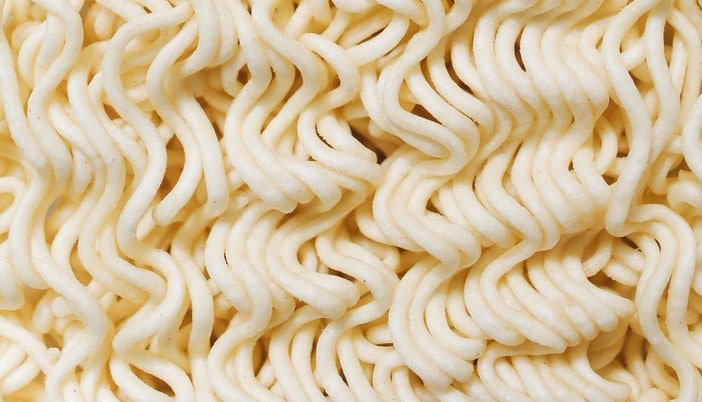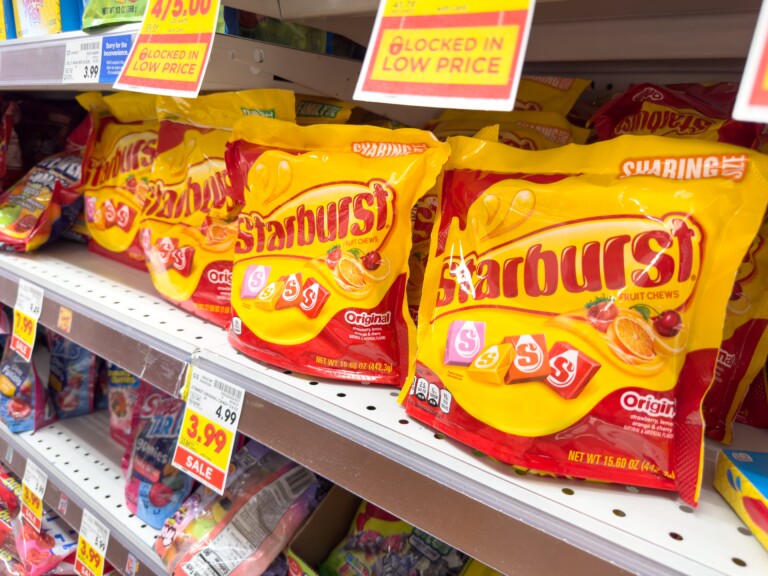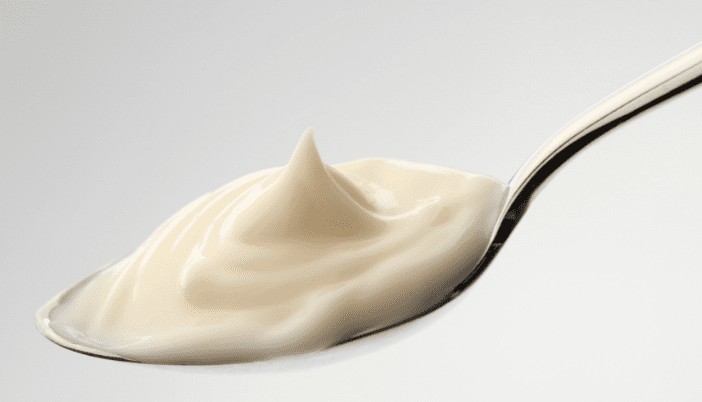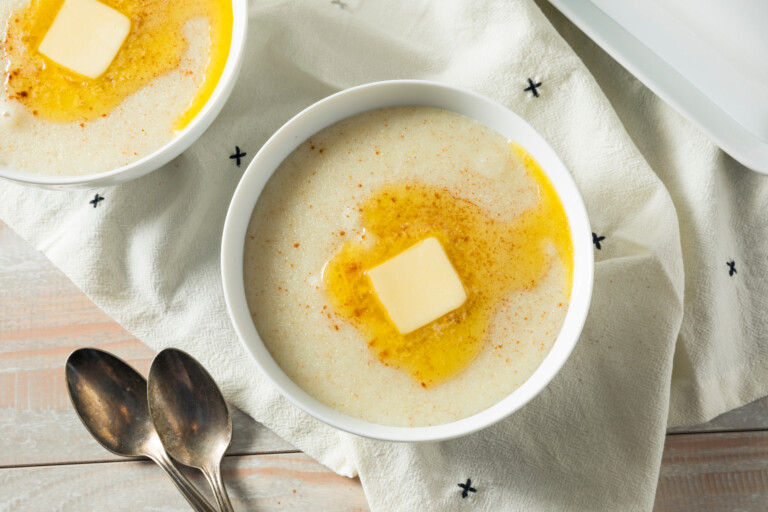All You Need To Know About Swedish Fish Candy
Swedish Fish are gummy, starchy candies shaped like fish and sold across the United States.
They were developed in the 1950s for the North American market, and though originally colored red with a unique taste, Swedish Fish are now also available in more colors and flavors.
Unlike other gummy candies, they aren’t made with gelatin as their prime ingredient, instead containing sugars and corn derivatives.
If you are newly vegan, you likely see how different snack foods and candies are affected by non-vegan ingredients like gelatin, or bone char processed sugar. Scrutinizing labels can be exhausting, especially when you encounter many non-vegan ingredients like whey, collagen or casein.
There’s a long and surprising list of things that are not vegan, and Swedish Fish are no exception.
According to PETA, Swedish Fish are totally vegan-friendly. But this information isn’t entirely accurate.
Swedish Fish can vary in their vegan-friendliness, so read more to understand if they’re safe, and what to avoid.
As an Amazon Associate, I earn from qualifying purchases. The links below may be affiliate links. Please read my disclosure policy for more information.
What are Swedish Fish?
Swedish Fish were created by a Swedish candy maker, Malaco, in the 1950s. They are chewy candies that came only in red initially, expanding to a wider color and flavor range later in their production.
Having transitioned ownership from Malaco, a Swedish candy maker, to Mondelēz International in Canada and Turkey, anybody following a vegan diet should investigate the source of ingredients as they are currently used. We examine them here, but if in doubt, always make efforts to contact the manufacturer.
What do Swedish Fish taste like?
Swedish Fish are small fish-shaped gummy candies. They are sweet, berry-like, and have a chewy but sticky constitution.
Some gummy candies are categorized as softer, often flexing easily: this is because of the addition of gelatin. Swedish Fish are made with corn derivatives, dyes, wax, and sugars, leading to a firmer and chewier texture.
They are traditionally red, but now available in a variety of colors, and are distinctly embossed with a detailed fish-like texture and the word “Swedish” on the side.
A couple of different flavors have been discontinued in the United States, but as of today, how do they taste? Although agreed to be sweet and berry-like, their flavor is a more complicated question.
What flavors are Swedish Fish?
Swedish Fish were originally available in only red, later having green, orange and yellow colors added to the mix. Purple Swedish Fish were grape-flavored but discontinued in 2006.
But what do these variations taste like?
Sources vary. According to the Food Network show Unwrapped, the green color is not lime-flavored as popularly believed, but pineapple flavored.
Yellow is lemon-lime flavored, and orange is orange flavored. But what about red?
People often estimate it to be a cherry-like flavor, but this isn’t widely known. Some reports state that the original flavor of Swedish Fish is lingonberry, a type of local berry also known as a cowberry, but this hasn’t been confirmed.
A black-licorice flavor was briefly available in the United States and is still readily available in Sweden with a different engraving of Malaco, the producers, on the side of the candies. This flavor was retracted from the United States due to a distinct lack of popularity, and due to the inclusion of gelatin, is definitively not vegan.
Why are they called Swedish Fish?
Swedish Fish were originally made by Malaco, a Swedish candies company, directly for the United States market. Being Swedish, Malaco chose to represent the rich history of fishing and seafood cuisine in Sweden by featuring the candy in the form of a fish.
Malaco no longer distributes Swedish Fish in the United States, but still distribute the candy in Sweden.
Are Swedish Fish made in Sweden?
At one point, yes. Swedish Fish candies were from Sweden originally and were produced there for many years until the distribution in the United States and Canada was acquired by Mondelēz International.
First called “pastellfiskar,” in Sweden, meaning “pale fish”, reports of their popularity in the United States of the 1950s say it was immense and immediate. But these days, they are made and marketed by Mondelēz International and Cadbury Adams.
In Sweden, Malaco still creates and distributes them locally.
The exact date of their export is unknown, with some sources stating the 1950s and others stating more specifically 1968, with Malaco’s CEO stating the day as “a landmark day for Swedish and United States relations”.
Are Swedish Fish healthy?
Because the packaging states that Swedish Fish are ”a fat-free food”, you could be fooled into thinking these candies were healthy. However, that’s most certainly not the case.
Swedish Fish lack essential nutrients like vitamins or iron, and contain large quantities of sugar and corn, as well as artificial colors. Overconsumption of sugar can lead to heart disease, weight gain and diabetes, so these are definitely an occasional treat.
What are Swedish Fish made of?
Any vegan has good cause to be cautious of ingredient lists, especially in candies. Swedish Fish have two ingredient list variants, depending on the packaging in which they’re found.
Regular Packaging: Sugar, Invert Sugar, Corn Syrup, Modified Corn Starch, Citric Acid, White Mineral Oil, Natural and Artificial Flavor, Red 40 food dye, Carnauba Wax.
Peg Bag Packaging: Sugar, Invert Sugar, Corn Syrup, Modified Corn Starch, Citric Acid, Palm Kernel Oil, Natural and Artificial Flavor, Carnauba Wax, Red 40 food dye, Beeswax.
Carnauba wax is a waxy substance derived from the Brazilian palm plant. Most of these ingredients don’t stand out as particularly non-vegan, but those following a vegan diet have to be wary of any potentially non-vegan production processes.
Because vegans abstain from products that contain any animal byproducts or are produced as a byproduct of those industries, understanding where the ingredients come from is important.
Is carnauba wax vegan?
Yes. Carnauba wax is derived from the leaves of the Brazilian palm plant, and is a waxy substance used in the production of Swedish Fish.
It gives it a distinctly chewy and sticky texture and is totally plant-based.
Is citric acid vegan?
Citric acid is an organic acid found in “citrus” fruits, like lemons, limes and oranges, meaning it’s suitable for vegans. The preservative properties of the acid help bolster the shelf life of the candy.
Is cornstarch vegan?
Cornstarch is derived from corn, with no animal byproducts used in the isolation process. It is generally vegan-friendly and helps to bind and shape the Swedish Fish candies.
Is corn syrup vegan?
Yes. Corn syrup is also derived from corn naturally, with no animal byproducts used when isolating the product.
Is white mineral oil vegan?
White mineral oil, being derived as a natural byproduct of crude oil refinement, is not derived from animals or animal byproducts. It is composed of alkanes and cycloalkanes, a close neighbor of petroleum jelly.
The white mineral oil is used to create the signature glaze on the Swedish Fish candy, while preventing them from crumbling.
While white mineral oil is vegan, any health-conscious consumers should think twice about consuming this product.
The World Health Organization classes unrefined white mineral oil as carcinogenic to humans, meaning they are known to cause cancer.
Highly refined mineral oils are classed as group 3, meaning they aren’t suspected of causing cancer but that it cannot be ruled out, but Mondelēz International does not specify whether this mineral oil is highly refined or not.
White mineral oil is used as a laxative, and its exposure is set at recommended limits by the Occupational Safety and Health Administration. Although it is sometimes used as a personal lubricant, it is also used as hydraulic fluid, and to prevent water absorption in wooden cutting boards, bowls and utensils.
Do Swedish Fish contain gelatin?
Swedish Fish found in the United States do not contain gelatin. However, in Sweden, the traditional licorice flavor does contain gelatin, and should be avoided by anybody avoiding animal products.
Is gelatin vegan?
Gelatin is not vegan, and gelatin is also not vegetarian, meaning these specifically Swedish variants of Swedish Fish should be avoided by people following these diets. This is because a jelly-like gelatin is obtained from the bones of animals like cows and pigs, and results in the death of the animal.
Vegans and vegetarians generally object to eating gelatin. For many, this is because of the intense animal suffering caused by the meat industry, of which gelatin is a byproduct.
Is palm oil vegan?
Palm kernel oil is in the peg bag version of Swedish Fish. While not explicitly animal-derived, palm oil is a controversial ingredient because cultivating it results in devastating environmental effects and contributes to deforestation.
For those vegans that prioritize the wellbeing and safety of animals, many may find this an unacceptable ingredient.
Palm kernel oil is derived from crushing the kernels of oil palms, a tree indigenous to Africa and now introduced to South-East Asia. Indonesia and Malaysia are now major distributors, and these plantations uproot indigenous ecosystems.
Palm oil cultivation has destroyed large swaths of rainforest, reducing the carbon dioxide sequestering abilities of these natural environments. This causes carbon dioxide to be released and means less carbon dioxide can be stored by the rainforest, causing global warming to accelerate.
Orangutans are also deeply impacted by palm oil cultivation, with massive habitat loss and resource destruction. If you are following a vegan diet, investigate for yourself to decide whether to consume this product.
Is sugar vegan?
Sugar itself is generally derived from beets, dates or sugar cane, all natural and plant-based sources.
However, sugar is not necessarily vegan, especially in the United States. This is because up to 50% of the sugar in the United States is processed with non-vegan friendly methods.
Refined cane sugar is treated with bone char, to turn it white. Even though it does not contain animal bone when it reaches the consumer, vegans avoid this because it uses animal products in the production process.
The issue lies primarily with cane sugar, which is brown post-refinement. Manufacturers then run it through a decolorizing filter that uses natural carbon derived from animal bones, as it is a cheap source.
Because sugar is often processed externally to many products, many manufacturers cannot ascertain whether their products are vegan. The source of the sugar used in Swedish Fish is not clear, so it may not be vegan.
As not all vegans avoid sugar for this reason, if you are following a vegan lifestyle, it is best to investigate for yourself.
Is inverted sugar vegan?
Inverted sugar is created by boiling sugar, reverting the rotation of the sucrose molecule optically. Therefore, it is called “inverted sugar syrup”, “invert syrup” or “invert sugar”.
These rotated molecules are two different simple sugars, fructose, and glucose. They are sweeter than the original sucrose molecule, but no animal byproducts are used in this process.
If animal byproducts are used in the original sugar, the inverted sugar is not vegan. Consequently, this is best independently researched per product to see if the inverted sugar has a vegan source.
In Swedish Fish, it is not clear if the inverted sugar or sugar used is vegan.
Inverted sugar is used in the Swedish Fish because fructose is superior for food storage, water solubility, and prevents crystallization of the sugar over time.
Is food coloring vegan?
It’s best to examine the journey the ingredients go on to your product for many vegans, but it isn’t always easy. In this case, food coloring is vegan but not cruelty-free.
Although many food coloring products are not animal-derived, they are frequently tested on animals. This is except for Carmine, a food coloring derived from crushed insects, which is decidedly non-vegan.
Food colorings may be vegan, but many vegans may object to their consumption because they are not cruelty-free.
Cruelty-free food coloring can be used in home baking and cooking, but artificial dyes can be hard to get around in prepackaged foods, and they are generally tested on animals for human safety standards. So, although this ingredient is vegan, it is not cruelty-free and may be off-limits for some following a vegan diet.
Are natural and artificial flavorings vegan?
The artificial and natural flavorings in Swedish Fish, although vague, are most likely plant-based. Flavorings in food are very seldom animal-based and generally come from plant sources.
Is beeswax vegan?
Only the peg-bag sealed packets of Swedish Fish contain beeswax, derived from the honeycombs of bees. However, beeswax is technically non-vegan.
Not all vegans avoid beeswax, as some feel insects are not part of their overall approach to the vegan lifestyle. If you are following a vegan diet, research the discussion yourself to decide how you feel about products like honey and beeswax.
Are all Swedish Fish vegan?
As we can see, that is not the case. Normal Swedish Fish, sold in the packets you find in large stores, are vegan, albeit with some ingredients that vegans should investigate for themselves.
However, the peg bags — found with holes in the top — contain beeswax, a distinctly non-vegan-friendly ingredient. If you’re unsure on which one you have, read the packaging to check if your Swedish Fish are vegan.






